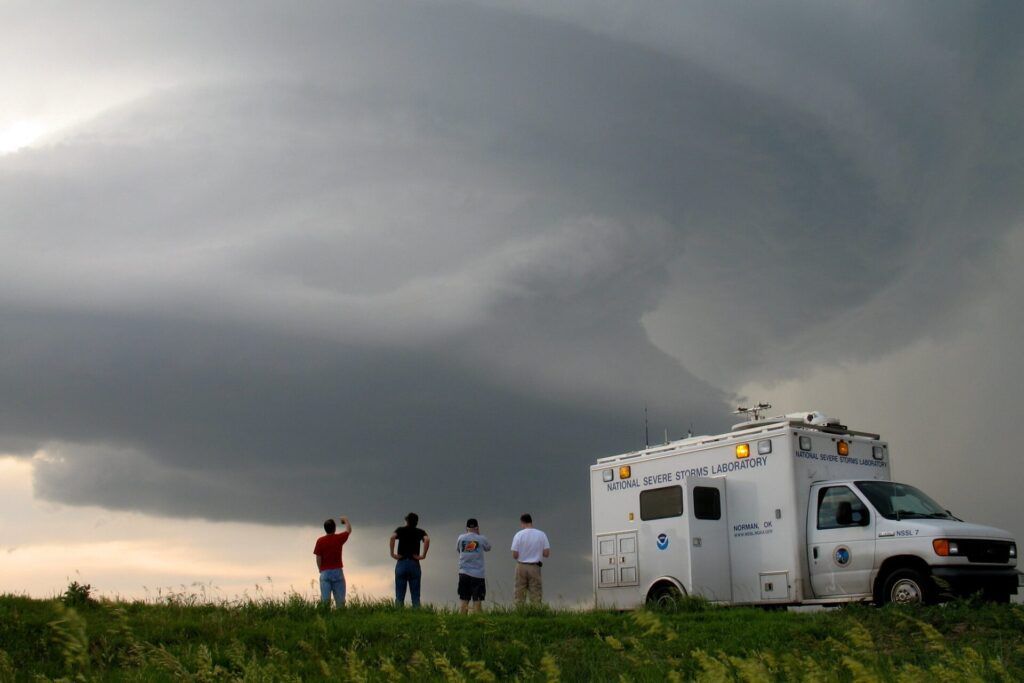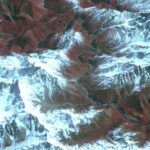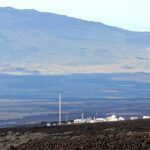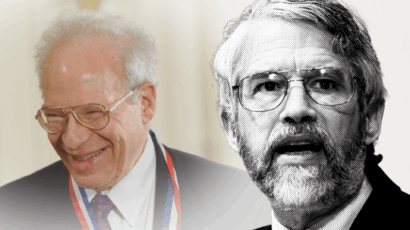Forecast for weaker weather service: Americans will die, businesses will lose billions
By Toby Ault, Daniele Visioni, Peter Hitchcock | March 14, 2025
 Members of NOAA's National Severe Storms Laboratory monitor a thunderstorm in Kansas, 2009. (Photo: Dr. Mike Coniglio, NOAA NSSL)
Members of NOAA's National Severe Storms Laboratory monitor a thunderstorm in Kansas, 2009. (Photo: Dr. Mike Coniglio, NOAA NSSL)
An invisible river of information flows through our daily lives, powering American commerce and keeping all of us safe in our homes, offices, and on our roadways. Its keepers are the dutiful public servants at the National Oceanic and Atmospheric Administration (NOAA) and the National Weather Service (NWS). The recent elimination of over 800 positions, with another 1,000 planned, will not only threaten lives and diminish US leadership in weather prediction—it will invariably disrupt countless industries, from finance to agriculture to reinsurance.
Like haphazardly dismantling sections of our interstate highway system, these cuts create dangerous gaps in our national capacity that the private sector cannot fill. Every time an airline routes around turbulence, an insurance company prices a policy, or a farmer plans their planting season, they rely on a sophisticated network of 620 facilities nationwide that includes 100 upper-air monitoring sites and crucial satellite operations centers as well as advanced numerical models of weather and the supercomputers required to run them. This infrastructure, supporting more than one-third of US GDP, requires sustained investment in both infrastructure and highly trained personnel with advanced degrees.
Businesses and lawmakers must step up and stop the hemorrhaging of NOAA and NWS data products and personnel before it’s too late. If saving money or improving efficiency is the goal of DOGE’s activities, then the economic case for protecting NOAA and NWS is clear: Their activities support fully one-third of US GDP, making these services essential to private sector success. In terms of return on investment, every US dollar spent on weather services yields $73 in documented returns.
Some might suggest that artificial intelligence and machine learning could fill the gap left by these cuts. Indeed, companies like Google DeepMind, Huawei, and Nvidia have made impressive advances in AI-based weather prediction, but these tools can only amplify, not replace, NOAA and NWS expertise. They rely entirely on the infrastructure we’re now dismantling: decades of climate data gathered by NOAA satellites, weather balloons, and radar systems, all interpreted through traditional physics-based models. The current cuts directly impair NOAA’s ability to collect new data, with weather balloon launches already suspended in multiple locations. Without real-time input from weather balloons, remote sensing, and in-situ measurements, no amount of machine learning can improve forecasts. If the expertise is lost and infrastructure is dismantled, all forecasts will be degraded––“garbage in, garbage out.”
Not only are machine learning and AI insufficient on their own to replace NOAA and NWS personnel, but the haphazard and careless way the firings have unfolded means that many early-career scientists who are experts in these fields have recently lost their jobs. We are keenly aware of the unique expertise that these extraordinarily brilliant, talented, and hardworking individuals bring to the US government, many of them having been our former students. These individuals will inevitably find opportunities in the private sector or in other countries. And that is precisely our point: Losing talent and capacity in the AI and machine learning space will weaken the US government as a whole and make it much less efficient overall.
Conservatives who support the cuts and firings might be tempted to invoke Reagan’s “Starve the Beast” theory of government, with the notion that pushing talented people into the private sector would make American business more competitive globally. Yet this misrepresents the nature of climate and weather data as well as Reagan’s actual approach. Reagan himself demonstrated that conservative leadership can embrace both scientific evidence and national security when he signed the Montreal Protocol to protect the ozone layer—a decision that protected both American interests and the global environment. Even during the height of 1980s privatization, the Reagan administration recognized that essential public infrastructure—from interstate highways to satellite communications systems—was a prerequisite for private sector success. Indeed, today’s private space companies owe their existence to those early federal investments in space infrastructure.
The critical infrastructure provided by NOAA and NWS cannot and will never be duplicated by the private sector. Companies do, however, build upon public data and federal expertise to create value-added products. Destroying this infrastructure will make weather and climate data less reliable and more costly: Insurance companies will have to hedge against greater uncertainty, farmers and growers will lose access to free NWS predictions, and transportation networks will face increased risks. These changes will drive up prices across the economy and hurt American competitiveness in the global marketplace. Moreover, we will cede leadership in climate and weather forecasting to other centers, like the European Centre for Medium-Range Weather Forecasts.
Put bluntly: Americans will die and American businesses will lose untold billions if we do not protect NOAA and NWS. The private sector can’t replace the expansive networks of observations and modeling carried out by these organizations, nor can it replace the years of education and training required to sustain a competitive, competent, and scientifically advanced workforce. Machine learning and AI cannot save US businesses from the devastating impacts of losing our weather infrastructure. The loss of specialized personnel—from tsunami warning scientists to hurricane hunters—creates vulnerabilities that will ripple through our economy, increasing costs and risks across every sector that depends on reliable information about climate and weather.
Cornell University professors Flavio Lehner, Angeline Pendergrass, and Jonathan Lin also contributed to this piece.
Together, we make the world safer.
The Bulletin elevates expert voices above the noise. But as an independent nonprofit organization, our operations depend on the support of readers like you. Help us continue to deliver quality journalism that holds leaders accountable. Your support of our work at any level is important. In return, we promise our coverage will be understandable, influential, vigilant, solution-oriented, and fair-minded. Together we can make a difference.
Keywords: NOAA, NWS, Trump administration, extreme weather, weather, weather forecasting
Topics: Climate Change


















Cutting jobs is not the same as creating greater efficiency. That should be obvious to those very smart people in DOGE, but it is not.
I’m picturing an editorial cartoon entitled something along the lines of “Trump’s new Civil Service,” whose exemplar for NOAA/NWS is a scruffy young high-on-ketamine DOGE programmer wielding a Sharpie in one hand and a map of the US in the other. [sigh]
I leave it to others to imagine the other servants of the people in MAGA’s version of 1984.
I fully understand, in my heart, the value of NOAA. BUT what differentiates it from The Weather Channel (TWC), ACCUWEATHER, and such sites? If NOAA is the source of their information, are they paying for it? Akin to big pharmaceutical companies paying FDA for licensing/drug approvals. TSC has revenues of about $267 million a year. They can afford user fees, for information they then sell for profit. Perhaps NOAA needs to be more up front about the value of its services? Maybe licensing…”You can use our data, but you must include our logo and name every time ANY of our… Read more »